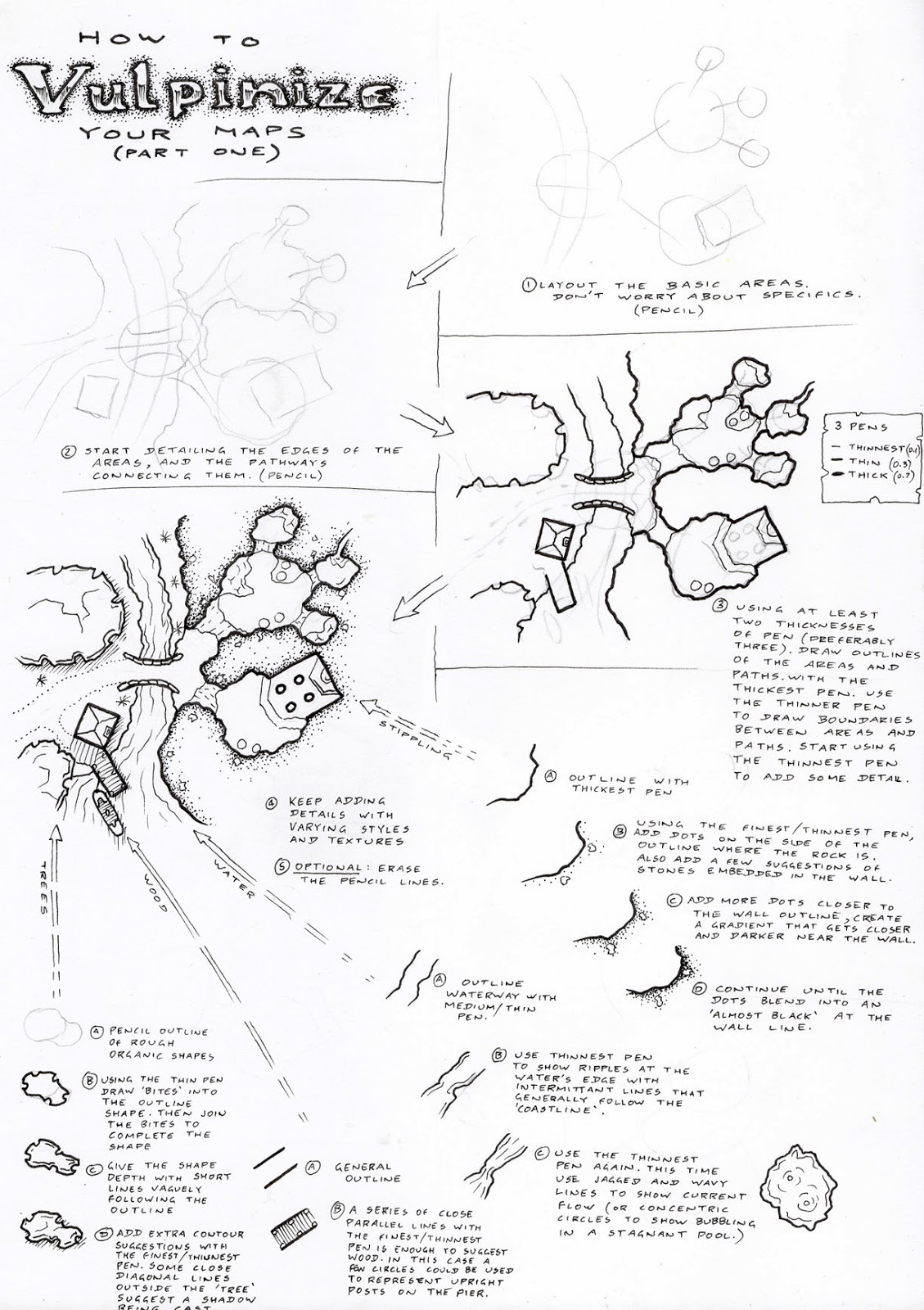Tulou and Fortress (Part 7) - Foamcore
I've always figured that good terrain needs a few things...
- It needs to be sturdy enough to handle bumps and scrapes when it's used in a game.
- It needs flat areas for miniatures to be placed on.
- It should be evocative for a setting or tactical zone where an encounter is occurring.
- I like to make sure it's modular, so I can use a few key pieces in a couple of varied arrangements to create an assortment of battle/tactical zones.
- It helps if it's light.
- It's memorable if it does something cool (modular...removable bits to reflect damage, or allow access into the piece...electronic with bits lighting up).
(I discussed a few of these in the last terrain tutorial I did, all those years ago...Scroll down to the Terrain building part...or click here for the first post in that series.)
So I've got a good sturdy base (which is hollow underneath), that gives me the start of a light sturdy piece (with the option for electronics maybe). For the top, I'm going with foamcore. It's basically two sheets of paper (or very lightweight card) sandwiching a layer of polystyrene foam. It's rigid, it's light, it's commonly used for architectural models (or at least it used to be back in the day when I made them... now the models are probably just 3d printed)...and it can be a pain in the butt to work with.
The board I got it black, because it tends to paint up better. If there are any bits where I don't paint well, or if there are any cracks in the texturing, then black comes through and it looks like shadows in the piece rather than whiteness showing through which looks a bit tacky and unprofessional.
A simple lead/graphite pencil marks the paper surfaces of the board pretty clearly.
So now that we're starting the marking out, there's a few things to be aware of.
The more vertical slits we make in the foamcore, the smoother the curve...however, more suits reduces the structural integrity, so it's all about balance.
It's just a case of marking, cutting, and experimenting at this stage.




.png)

Comments